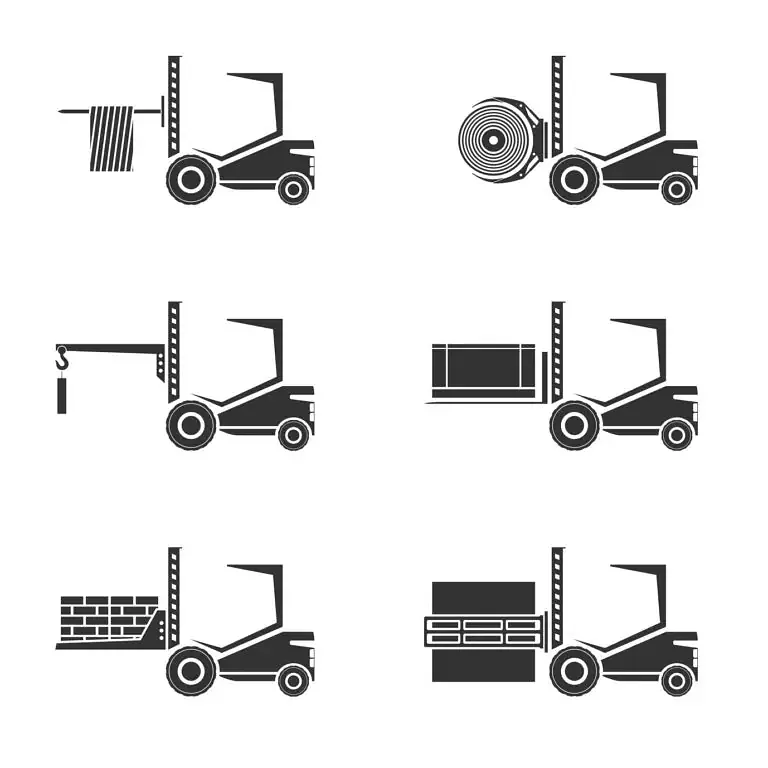 Forklifts are sophisticated material handling appliances. These robust instruments help businesses complete a broad arrange of logistic, shipping, and receiving tasks on a daily basis. However, the machine itself had some limitations. Thus, ergonomists created a wide range of forklift attachments to bolster productivity, efficiency, and safety so forklifts can be used to their maximum level. However, like the forks of a forklift, these contraptions also have a limited lifespan. Knowing when to change them is essential to get the most of your machine. Are you looking for some of the indicators on when it is time to make a change? Here is a comprehensive guide on when is the right time to replace forklift attachments.
Forklifts are sophisticated material handling appliances. These robust instruments help businesses complete a broad arrange of logistic, shipping, and receiving tasks on a daily basis. However, the machine itself had some limitations. Thus, ergonomists created a wide range of forklift attachments to bolster productivity, efficiency, and safety so forklifts can be used to their maximum level. However, like the forks of a forklift, these contraptions also have a limited lifespan. Knowing when to change them is essential to get the most of your machine. Are you looking for some of the indicators on when it is time to make a change? Here is a comprehensive guide on when is the right time to replace forklift attachments.
1) Check Thickness – Coinciding what we normally experience in tire depth, checking the thickness of any fork is a great barometer to derive whether it or not it’s time to replace and chance. Generally speaking, if a fork loses less than 10% of its original depth it must be removed. This practice is reminiscent of reviewing the tread depth of any tire. This is also a pertinent talking point with respect to the fact this can also hinder the performance of attachments albeit there is less surface area to secure the device. Checking thickness is the first port of call in determining whether it is in fact time for a replacement. Whilst doing so it is also essential to make sure that the forks are also even.
2) Look For Load Marking– Load markings serve as a guideline for operators and workers alike to aid in various supply chain and material handling operations. They also serve as a sign that a fork may be beginning to fail or needs replacement. It is a general practice that one of the most reliable ways to tell you need to change you forks is by a fading or no longer visible load marker. It is also imperative to understand that this along with the next bullet point in particular coincides with OSHA directives regarding inspections and utilization. Putting a device to work that has no load markings cannot only create a great hazard but also expose your business to potential liabilities, as it is no longer compliant with active regulations and guidelines.
3) Keep A Watchful Eye For Fractures and Damage – The smallest crack in a forklift attachment can be an indicator that it is time to make a change. These cracks can start small but slowly grow in to a full-scale fracture. Not only does this present safety risks but also vulnerabilities to your inventory as they are prone to be damaged as a result of a failed fork. Any form of wear and tear to the forks or hook attachments must be monitored closely and dealt with as expediently as possible. It is a recommended practice to retire and replace the forks if the distance between the fork and fork carrier is noticeable.
